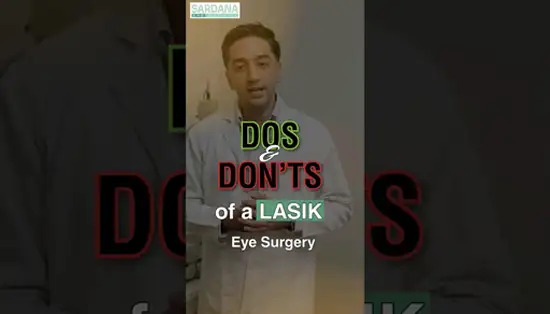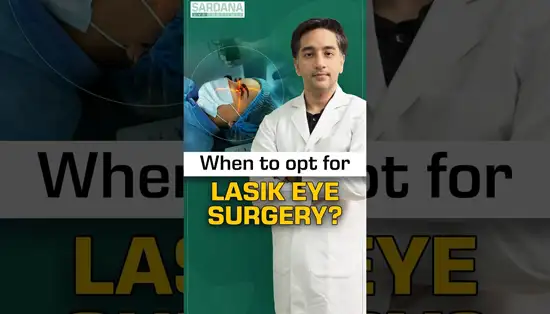This information sheet is designed to help you understand the operation and expected postoperative course. If you know what to expect during the operation you should be more relaxed and able to assist in making the whole procedure much easier for both of us. The operation will be performed under topical anaesthetic in a specially designed operating suite. This is a purpose built operating suite with a state of the art laser technology.
1. How to Dress and What to Eat and Drink
The laser operating suite is precisely controlled for both temperature and humidity so light comfortable clothes are all that will be needed. It is better to have only a light snack and drink well prior to the operation as anxiety and a full stomach can make you uncomfortable when lying flat. DONOT APPLY PERFUME/DEODRANT on the day of procedure.
2. What to Expect from Our Staff
The staff will greet you when you arrive at the centre and then prepare you for the operation. Prior to the operation several drops of local anaesthetic will be inserted. These are the same drops used when you are first examined and may sting a little for a second. You will then be taken into the laser suite where you will lie flat on a bed with your head under a microscope. Initially the light from the microscope is a little bright but you will rapidly adjust to this. A metal clip will be used to hold your eyelids open and prevent you from blinking. This feels a little tight but does not hurt.
The process is quite complex so we have a series of safety checks in place. You will hear your surgeon talking to the staff as well as to you – to keep you informed of the procedure, step by step. You can talk to the team and ask questions during the procedure. There are some times when movement is not allowed and you will be asked to keep still and quiet. A ring will be placed on your eye. This holds your eye steady and raises the pressure in the eye to enable the flap to be created. As the suction is applied you will feel slight pressure, then your vision should grey then black out. This is a good sign as it means that the pressure is correct for creating the flap.
3. During the Procedure
The ring is then removed. If the surgeon is happy with the flap, laser reshaping will proceed. There are a few steps in getting organised and setting the laser to track your eye movements, then the laser treatment commences. The computer controlling the laser will begin and you will hear a buzzing sound. The surgeon will monitor your eye and tell you how the treatment is progressing. On completion the flap is repositioned and washed with sterile saline. After minutes of drying, the flap will be adhered so the clip and drape can be removed. Antibiotic drops are instilled. Often, despite the after effects of the microscope light and the shield you may see quite well immediately.
4. After the Procedure
Once the anaesthetic wears off the eye will feel gritty and watery for a few hours. You will may find the best solution is to go to bed for those few hours and keep both eyes still and closed. It is imperative that the eye should not be rubbed in the first week as the flap could be dislodged. Vision will fluctuate the first night but if there is severe pain with reduced vision and you should contact us immediately.
Normally vision is quite reasonable the next morning and will improve over the next week. Most normal activities can be resumed immediately but remember that the flap is not secure for some time. For safety swimming should be avoided for 2 weeks, rubbing should be avoided and any situation where the eye could be knocked (eg. contact sports) avoided for 4 weeks. Eyedrops are routinely used for 4 weeks to help the eye heal and prevent infection. It is not uncommon for the eye to feel a little dry, for which lubricant eye drops can be used for comfort.







